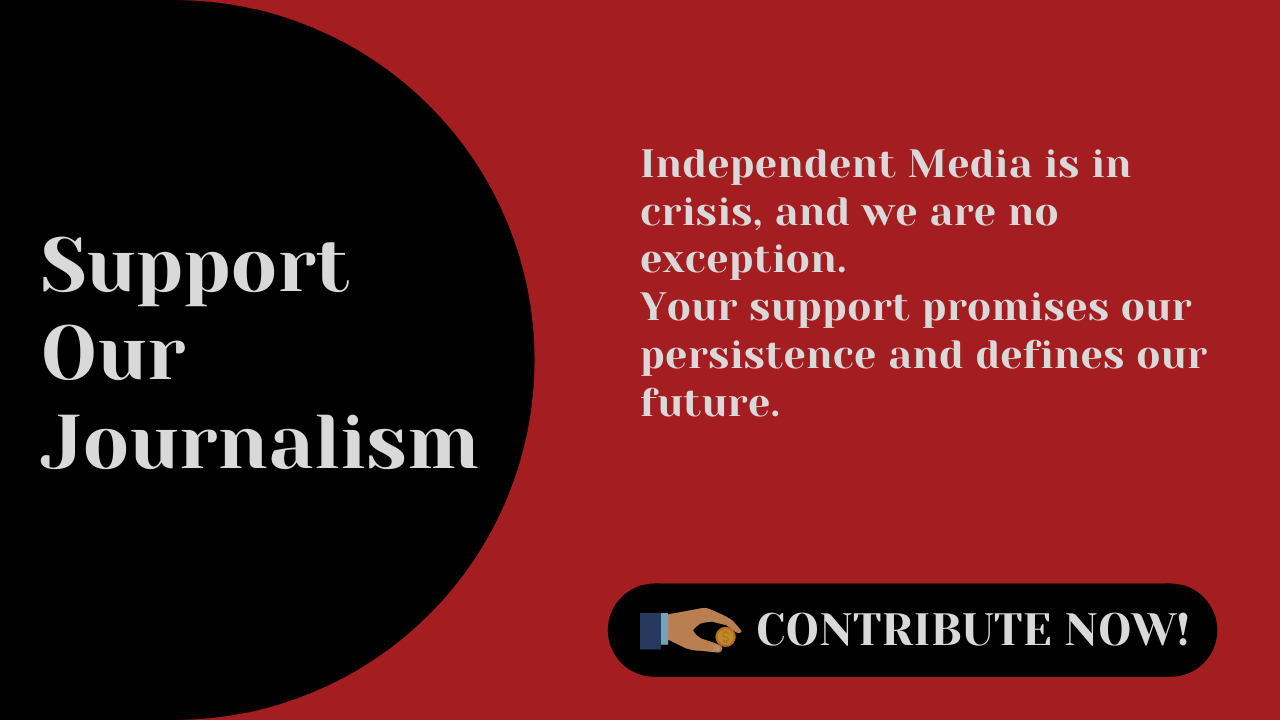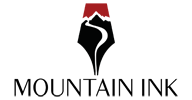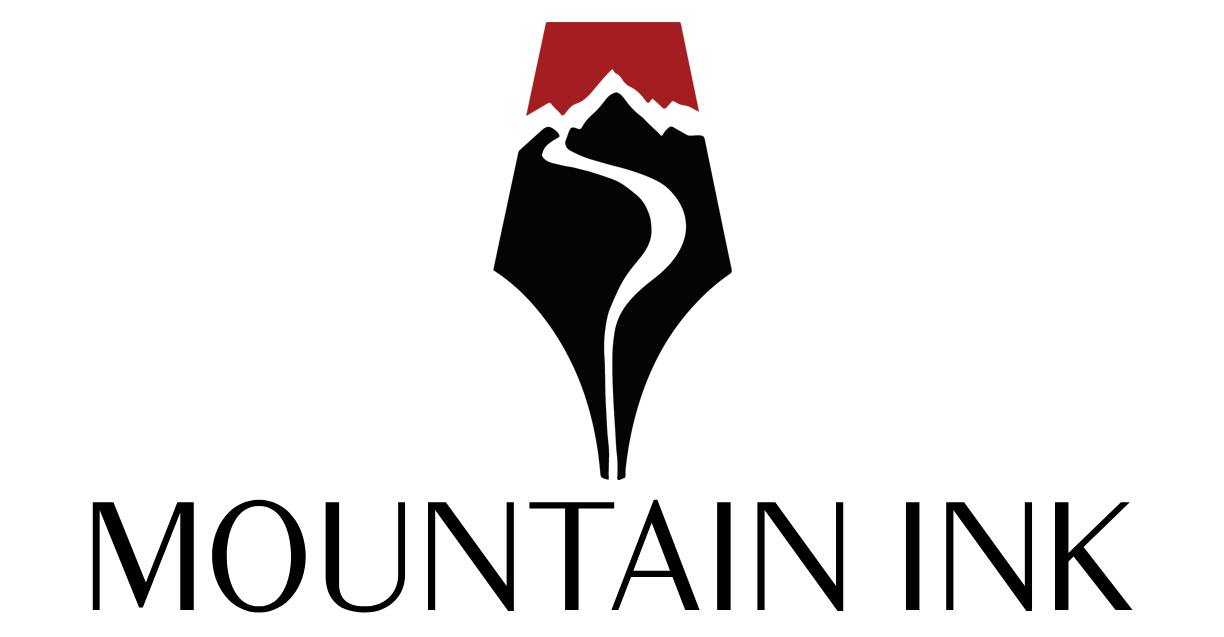Barricaded Backdrop of Kashmir’s Viral Resistance

Badar Bashir is a Srinagar-based scribe who writes about travel…
As young are increasingly falling to the second viral wave in Kashmir, the health infrastructure of the region directly controlled by Delhi has once again made it a desperate situation for the lockdown-laden people.
A telling image made much noise on social media lately when efforts were being made to stockpile oxygen in the valley. The picture showing Indian soldiers carrying explosives near a gunfight site in Kashmir was captioned: “Priorities”.
Before the image gave away contrast in the region, the growing roadblocks and military symbols had already created a “life in cantonment” sense in Kashmiris.
“We’re fighting this invisible enemy in the barricaded land,” said Nazir Ilahi, a political commentator. “In the region where everything is seen through the prism of security, the health of people often takes a backseat. It took this Covid to expose that naked reality.”
But as viral cases are escalating, experts are justifying some of these barricades in the form of lockdown.
“When the world was building healthcare infrastructure to fight against this deadly germ, the government in Kashmir was busy building bunkers and designing checkpoints,” Ilahi continued.
Support Our Journalism
You are reading this because you value quality and serious journalism.
But, serious journalism needs serious support. We need readers like you to support us and pay for making quality and independent journalism more vibrant.
“It looked like on the pretext of disease the government is doubling down its oppression on its people.”
Checkpoints, sand pickets and bunkers were increased across Srinagar and other districts last year in the pandemic.
“These structures create a hostage sense in you and make you believe as if you’re being watched,” Ilahi said. “Kashmir should be of great interest to policy-makers, so as to seek how a state is controlled without any think tank.”
To implement this Kashmir model, the government often uses a single tool — barricades.
“Administration is proficient in closing down the shops and barricade the place,” said Saqib Hameed, a banker from Srinagar. “If there’s a militant attack, traffic jam or Covid crisis, they barricade all other places and start frisking.”
With Covid dominating the minds and roads, red zones are designated as containment area, where some locals are only imitating the state machinery by building roadblocks.
“Now imagine a person being hit by a serious health issue?” Saqeeb wondered. “How will he move out to reach the hospital?”
Last year when the Covid crisis first exposed chinks in the health infrastructure of Kashmir, a hospital returned 6 ventilators to NGO “due to lack of space, beds and staff”.
“After such a predicament government should have been instigated to work for people’s welfare,” Saqib continued. “But did they?”
Now after a year of lockdown seeing a glaring development in military infrastructure, many expect some developments at least in the healthcare sector but the picture still looks the same.

Last year the JVC government medical college was designated as the Covid treatment centre with 3 ventilators onboard.
“How many have they increased since then?” Saqib asked. “Not even a single. But yes, on papers, it could be anything.”
What makes the matter worse is the indifferent official response. Some 50 ventilators procured last year are reportedly yet to be unpacked at SMHS hospital.
“Doing nothing to deal with the first wave of Covid seemed successful,” the banker continued. “The barricading seemed to pay off vibrantly so the government started inviting tourists to display their ignorance more ardently.”
When the world was foreseeing the second wave as more devastating and deadly, Kashmir’s government was busy opening parks and glorifying crowds in Tulip garden.
And now when the disease has hit harder, the people are forced to sit in homes knowing that the government’s cure to the situation is to barricade the already traumatized people.
“Covid is just a disease that can be combated by building more healthcare infrastructure or a disease-specific hospital – just like there is a chest disease hospital, cancer hospital and all the other disease-specific hospitals,” said Dr Munaza Shafi, a physician.
Both experts and observers argue that the situation of today could have been averted by setting up ventilators and more healthcare facilities just like all the other countries did, and also lead the people economically to keep themselves buoyant and feed their families.
“But with the incessant unplanned lockdowns, Kashmir is suffering losses,” said Hina Gulzar, an economics scholar.
“People are becoming worse off and healthy have become paranoid just with a thought—will the administration be able to remedy me if I fall ill?”
That is the situation of people, damned if they work and damned if don’t, Hina continued.
“Today India is considered a country that worst handled the Covid-19. Almost all the major countries tried to mitigate the economic impact on their people by rolling out packages. Even Pakistan gave debt relief and relief packages to its citizen but India not only pauperized the people of Kashmir by implementing the strictest lockdown after the abrogation of article 370 but also chanced to suppress its economy.”
In such unavoidable hullabaloo over the disease, the internet has done one thing.
“When a disease came to existence, people became engaged inquirers of the latest information, genuine or ingenuine. Then they became informed, misinformed or ill-informed. Then they became the carriers of that information, so it was all about hearsay unto hearsay being carried by a Covid-19 negative patient which was amplified by Whatsapp warriors, so much so, that the Covid patients were recovering but the Covid-19 negative people become paranoid and started doubting the normal functioning of their bodies.”
Covid became less infectant but the stories around it became viral, driving people frenzy and also ebbing them more into psychogenic diseases rather than the Covid-19 itself.
“This is not the first time we are facing a communicable disease,” Dr Shafi continued. “Lower respiratory infections which cause 3 million people to die a year, is there a paranoia over that? No, because they’ve created specific treatment facilities to curb them even the common cold deaths have disappeared with the advent of Covid19.”
Every year, the physician said, 1.5 million people die in road accidents.
“Do the thought of giving up driving ever cross our mind? No, it doesn’t. Statistically speaking, Covid-19 with 3 million deaths in a year and four months shouldn’t have been a big deal but the media played a hyperactive role in creating a frenzy about the disease.”
Words are very powerful and when the media delivers it, many say, they weaponize it.
“Their words exercise influence over the behaviour of people,” Hina argued.
“There are recent researches that prove how media has created public sentiments with words which had lead to resentments among people and helped overthrow the chief of the states of the countries, as we saw with middle eastern countries. People in India believe in media that says Pakistan, Iran, Syria, Libya are terrorist states when America is 1000 times more terroristic than them and nobody talks about it. We believe the media that says Muslim women have no rights when 99% of the mature women say that they have got more rights than in any other religion.”
Quoting Mark Twain, Hina concluded: “It is easier to fool people than to convince them that they have been fooled.”
Mountain Ink is now on Telegram. Subscribe here.
Become Our Ally
To help us strengthen the tradition of quality reading and writing, we need allies like YOU. Subscribe to us.
Badar Bashir is a Srinagar-based scribe who writes about travel and tribes.












